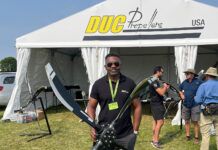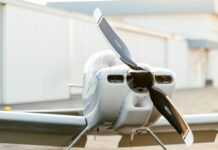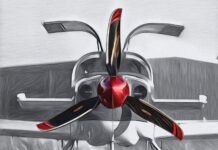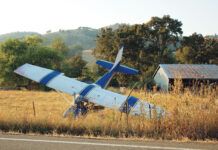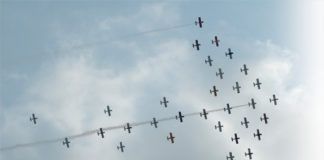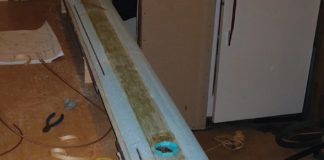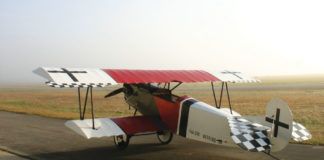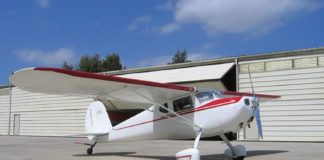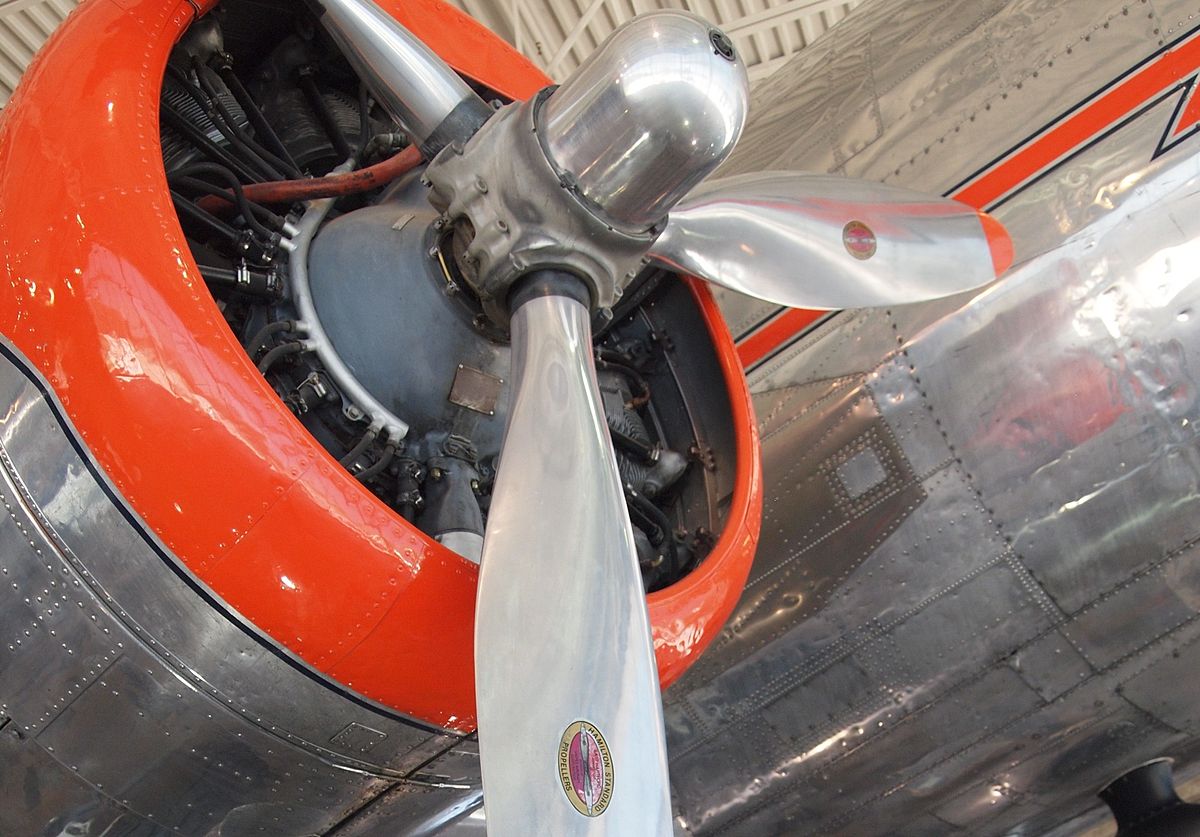
No, I’m not being nasty – I’m just finishing up studying the material for the FAA’s A&P Powerplant knowledge exam, and finding out all sorts of interesting things that the FAA wants me to know about propellers. Interestingly, some of them are actually true! Well, truth is sometimes a matter of which vocabulary you are using, but when it comes to an FAA knowledge test, theirs is the only one that counts!
Although I never really think of it this way, it s true, when you think about it, that propellers suck – that is, forward thrust can be considered to occur because of the low pressure area generated by the disk of the prop, thereby sucking the airplane forward. Since the forward face of the prop blade airfoils are analogous to the upper surface of a wing, if you buy the whole “airplane wings generate lift because of Bernoulli’s Law” explanation, then the low pressure on the top of the airfoil is the low pressure on the front of the prop disk that sucks the airplane forward.
The companion question to befuddle us all is, of course, what is considered the “back” of the blade. This is, of course, the part of the blade that faces… forward! That’s because it is the cambered portion of the blade – if it were a wing with a positive angle of attack, you’d consider it to be the “back” (or top, but let’s talk REALLY high angles of attack) – so the top is the back, and in a propeller, that faces forward. Which leaves us, of course, with the “Face” of the blade – which faces backwards.
Of greater usefulness, of course, is the fact that the FAA seems to consider the “standard” constant speed prop to be the Hamilton Standard Counterweight Propeller – last seen on a DC-3 near you.
Ah well – its all about passing the test, isn’t it?

